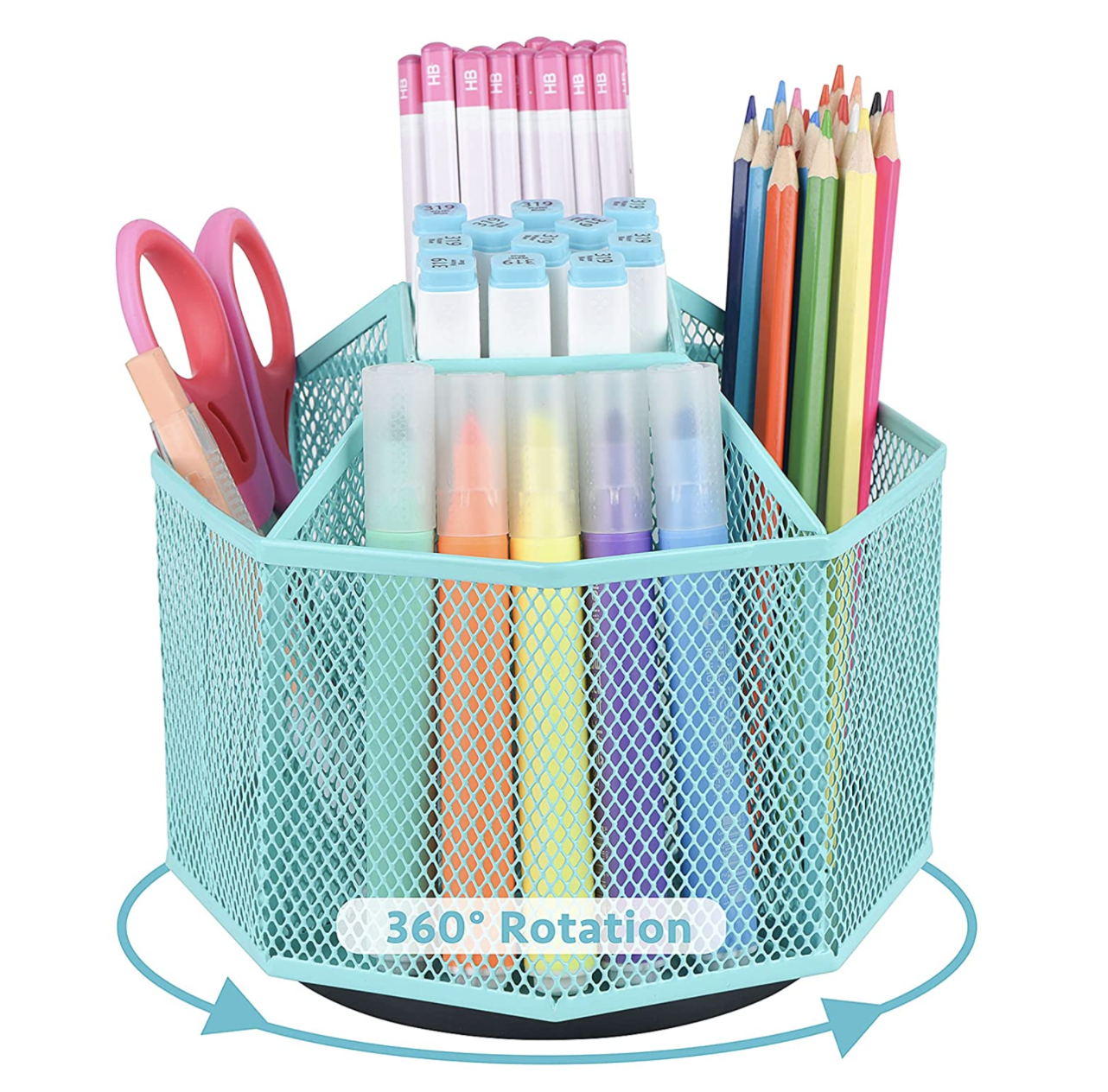Classroom Organization 101
It’s that time of year again! Back to school is such an exciting time, especially for teachers. It’s a fresh start and an opportunity to face fresh challenges and grow to reach new heights. As teachers begin to space plan their classrooms there are alot of things to think about. There are so many ways that teachers can proactively organize their classrooms and create systems to last all year, whether they have the same classroom as last year or are starting with a blank slate.
Every teacher’s organization should be unique to their teaching style, their student’s needs, and their classroom’s setup. As you begin to tackle your classroom’s organization, keep in mind the developmental stage of your students. Take this into account in all of your systems. The only way your systems can last is if they are realistic, and created with the needs of your students in mind. Whatever age they are, make sure the systems you choose are easily understandable and accessible so your students can also help maintain them! Set up your classroom in accordance with the flow of a typical day and be sure to cater the organization to that.
Here are a few tips and out-of-the-box ideas for classroom organization. Check out the Classroom Organization 101 section of our Amazon Storefront to get any of the products mentioned below!
1. If transportability is important to your classroom flow, then let caddies become your new best friend. Especially for school supplies that students don’t use on a daily basis, like art supplies, utilizing caddies is an easy way to store and transport items to and from student’s desks. Be sure to label them for each table or group!
2. Create a command center for students’ assignments. Use bins, paper trays, or Sterilite drawers with labels: work in progress, ready for grading, graded work, or whatever best suits your teaching style. Establish this as the space where students should store all of their active work at the beginning of the year, and make it a habit for them to check this zone at the start of each day.
3. Setting up your classroom library can seem like a challenge as having so many hands on deck, especially while learning to read, can make it seem hard to stay organized. Instead of relying on titles or authors of books, categorize the books by reading level (or genre, depending on your teaching preferences) and then color code them by these categories. Separate these out either by shelf, if there are enough books and space, or with bins on the shelves!
4. If you have tables of students who share supplies, a great way to make all supplies accessible to all students is to use a divided lazy susan in the middle. With these, each student can turn as needed to access whatever supplies they need quickly and easily. Use these for markers, crayons, gluesticks, scissors, colored pencils, erasers, and more.
5. For supplies not used everyday in the classroom, consider storing them on 3-tier rolling carts. This way, they can easily be accessed when needed, but also quickly be stored away and not take up prime real estate anywhere else in the classroom. These are also great for creating stations that are mobile and can move around the classroom with your students!
6. Use CD/DVD holders to store various cut outs--letters, numbers, shapes, you name it! This is a simple way to keep track of those smaller, more flimsy items, and it’s easily transportable!
7. Low on storage space for all that extra school supplies brought in on the first day? Use a hanging shoe organizer, either over the door or simply hung with Command hooks on the wall, designating a pocket for each student’s extra supplies. Label it with their name or class number so they can grab from it as needed throughout the year without your help, depending on their age. Having a designated backstock area for supplies and teaching your kids to replenish it on their own is a great way to teach independence when problem solving!
8. Crayons, colored pencils, and markers can feel impossible to keep orderly because they come in flimsy boxes and get lost or break frequently. To give them a sturdy home, try using snack sized tupperware, plastic canisters card holders, or photo storage containers. You can even use colored containers and categorize each by color for easy recognition among the kiddos!
9. Short on space for games and puzzles with bulky boxes, but don’t want to downsize your classroom collection? Try de-boxing them into plastic zipper pouches and storing the pouches into 4-sort wire dividers.
10. Instead of letting bulky pieces like large papers and anchor charts take up most of your storage space, use tall trash cans sans lid to store them upright. Store these either in the storage space if tall enough, or in a corner that you seldom access.
11. Keeping your supplies organized is just as important! To keep your papers in line and orderly, implement a drawer system on or below your desk. Use Sterilite drawers or paper trays and be sure to label them accordingly: to grade, to copy, to file, to laminate...cater this to whatever your inventory looks like!
Wishing you all the happiness as you enter into the new school year. The best is yet to come!
Don’t forget to check out our Amazon Storefront—it’s a one stop shop for classroom organization! We have all of these items and so, so many more to get your classroom ready to thrive this year!

















































